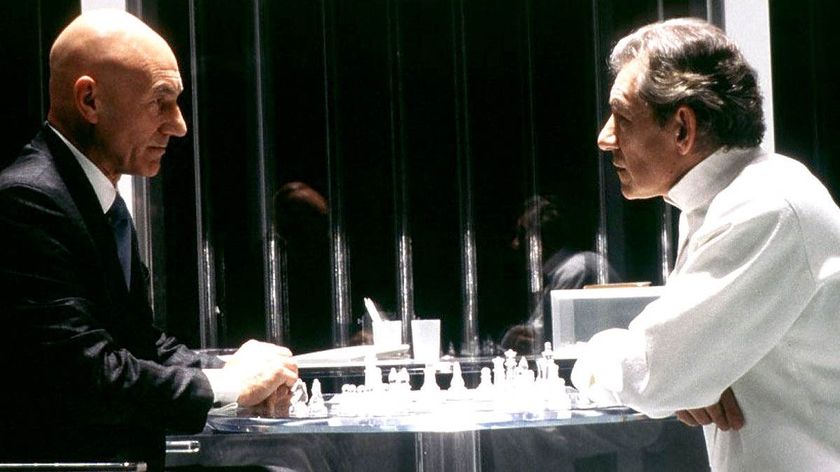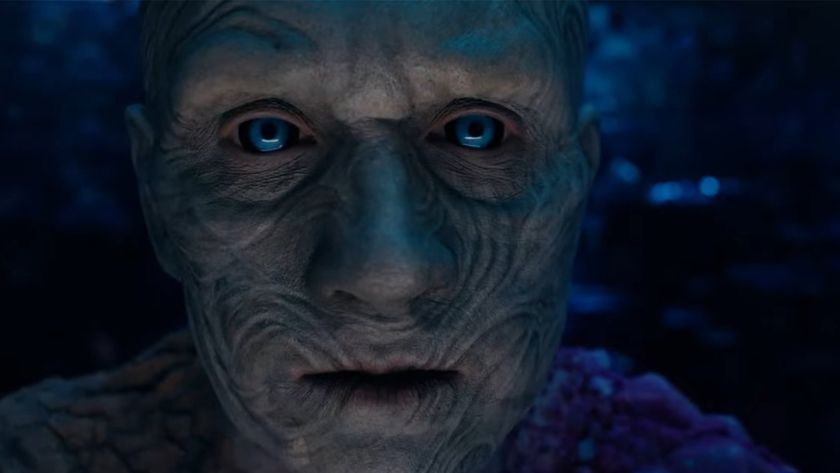12DOVE Verdict
Pros
- +
Speedy and simple
- +
yet engrossing
- +
strategy
- +
Likable characters and epic story
- +
Refined interface makes playing easy
Cons
- -
Mediocre graphics aren't so epic
- -
Character customization factor is low
- -
If someone dies in battle
- -
they're dead. Reset!
Why you can trust 12DOVE
Despite the fact that a real battlefield is not, in fact, divided neatly into squares and real soldiers refuse to take gentlemanly turns, Fire Emblem has managed to become synonymous with fantasy warfare on the Game Boy Advance. There's a good reason for that: these games are damn engrossing. On GameCube, little has changed. This is for the best.
As young mercenary Ike, you're immediately swept up into a situation that's larger than you are. While the GBA games centered around the tribulations of royalty, Ike's more of a down-at- heel scrapper. Of course, he's caught in the clash of nations almost before you can blink - and is forced to uncover the secrets of his father, a merc commander, and his mother and sister, who seem possessed of mystic powers. It's an utterly typical fantasy yarn, told mainly through straight text dialogue, but as ever with Fire Emblem, the writing is fantastically sharp and to the point, the story driving the battle action instead of choking it.
As stated, innovation is thin on the ground here: you're entirely concerned with the same turn-based, battling as in the GBA titles. Positioning your forces on each grid-based map is essential to survival. The hook of FE's battles is that each troop type is strong or weak against another, which allows for surprisingly intricate and addictive rock-paper-scissors tactics. The battles force you to plan exactly how to use your resources; troops, spells and weapons are limited. In that sense, it echoes any game designed with the Nintendo school of thought: everything is intentionally torn down to its bare essentials and then these are reconfigured into surprisingly varied, escalating challenges. This philosophy is as rewarding in a strategy RPG as it is in Mario.
Of course, this game is not totally bereft of improvements over the Game Boy versions. A limited number of attractive cinemas have been shoehorned in, bringing the characters briefly to life. The 3D graphics, though not especially impressive, outshine the GBA's blocky artwork while affording the same visual clarity, important when you're trying to determine whether the miniscule warriors are wielding axes or swords. The best improvement is the fact that between battles a helpful caravan lets you sort, buy and sell equipment, so you're never short on weaponry or healing items at crucial moments in battle. The interface also has subtle touches that make a world of difference over other games' clunky messes: for example, it's super simple to check enemy movement, range or weapon weaknesses. This attention to detail lets the game flow faster than any other strategy RPG.
More info
| Genre | Strategy |
| Description | This is a polished, speedy, and addictive strategy game that has a lot of subtle attention paid to providing the most seamless turn-based battling. |
| Platform | "GameCube" |
| US censor rating | "Teen" |
| UK censor rating | "Teen" |
| Release date | 1 January 1970 (US), 1 January 1970 (UK) |

Reacher star is being fan-cast as the MCU version of Tom Hardy's fan-favorite Spider-Man character

This Avengers: Doomsday theory suggests that X-Men Days of Future Past may have created Robert Downey Jr.'s Doom

Superman star doesn't want to compare James Gunn's movie to Guardians of the Galaxy: "It’s going to be its own thing"










